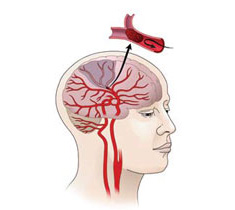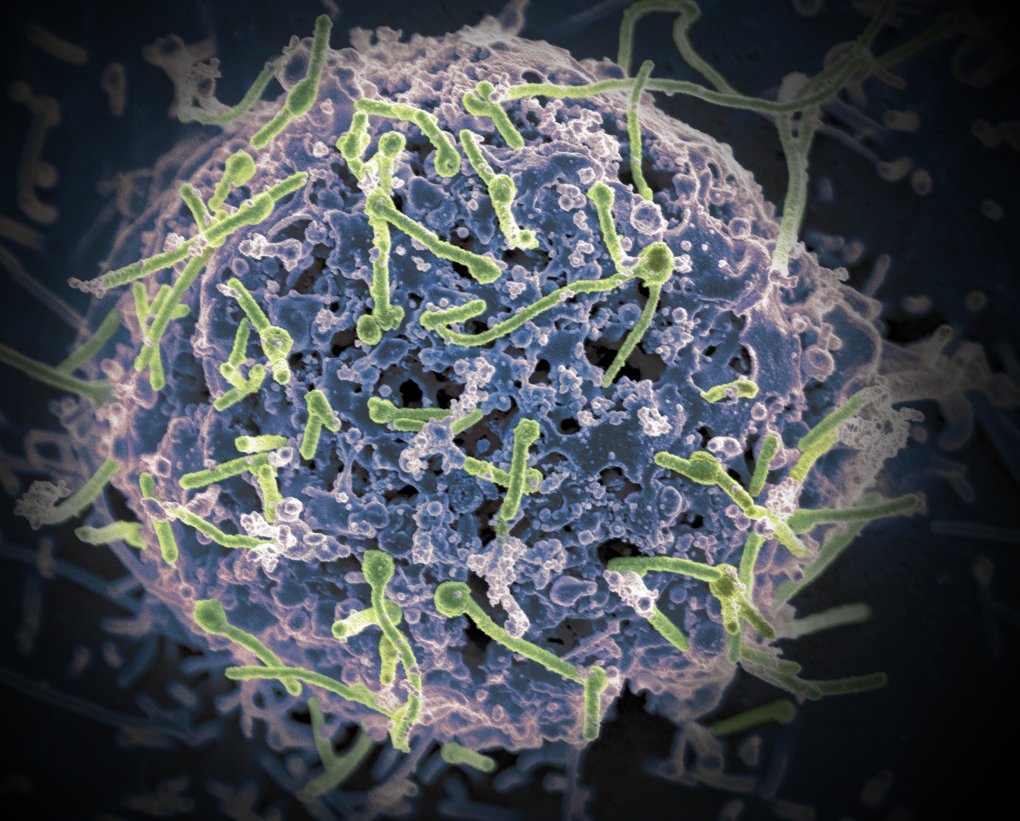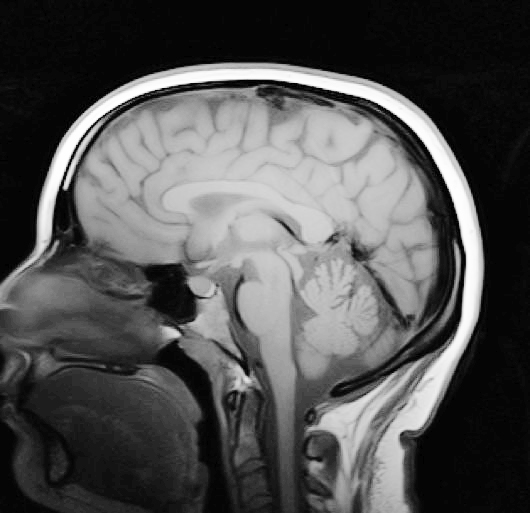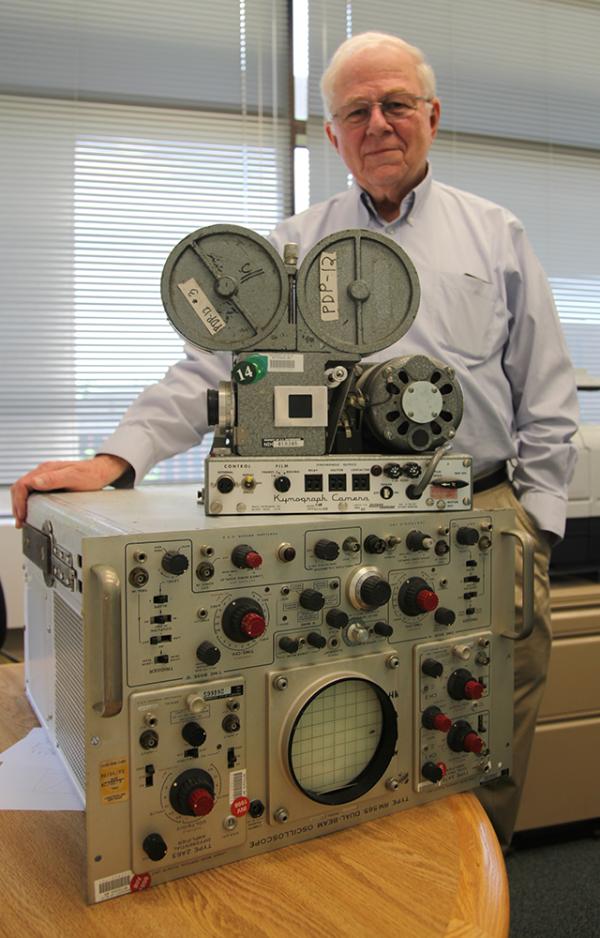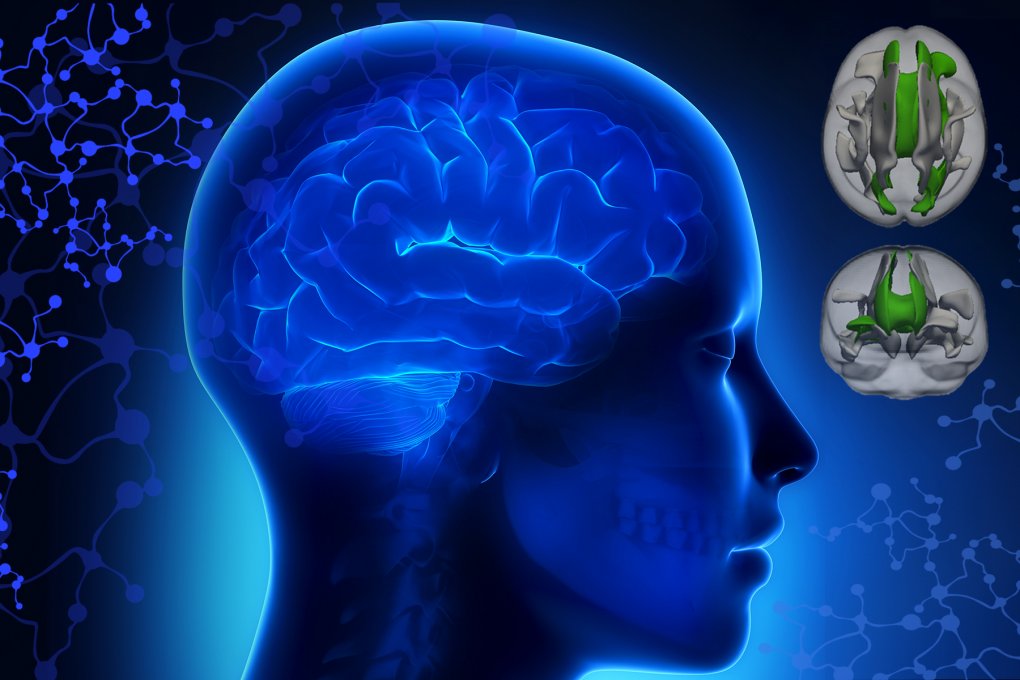IRP Scientists Curb Inflammation to Protect Brain Cells From Stroke
Every forty seconds, someone in the United States suffers a stroke, and researchers across the country are hunting for a way to help brain cells survive these traumatic events. A group of IRP researchers recently discovered a promising new tool to aid in this effort. By blocking the action of a brain chemical called monoacylglycerol lipase (MAGL), the scientists markedly reduced stroke-related brain damage and disability in rats.1

